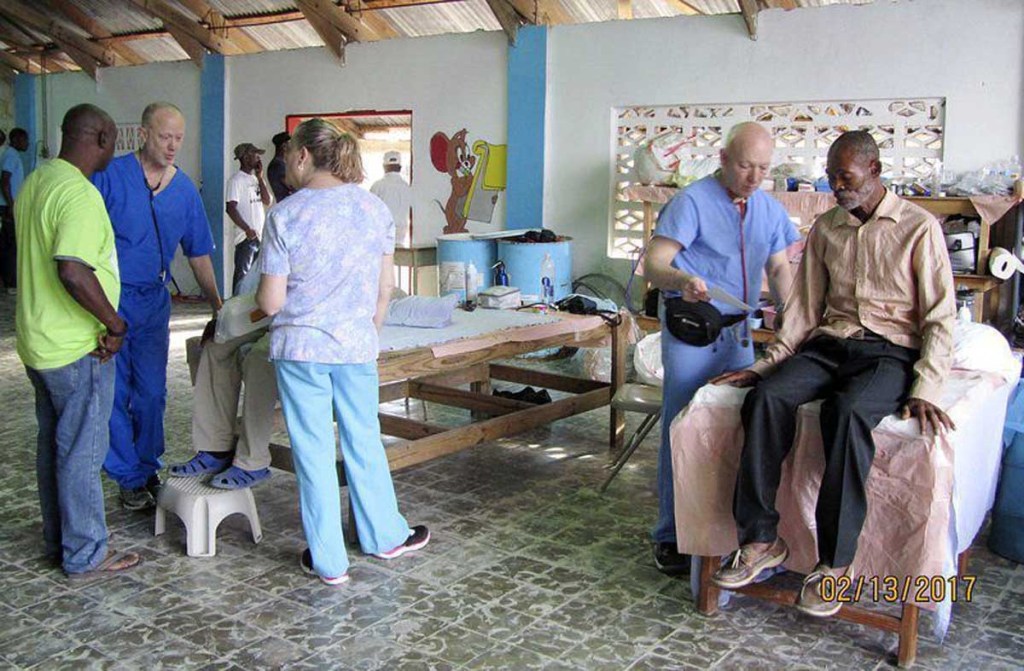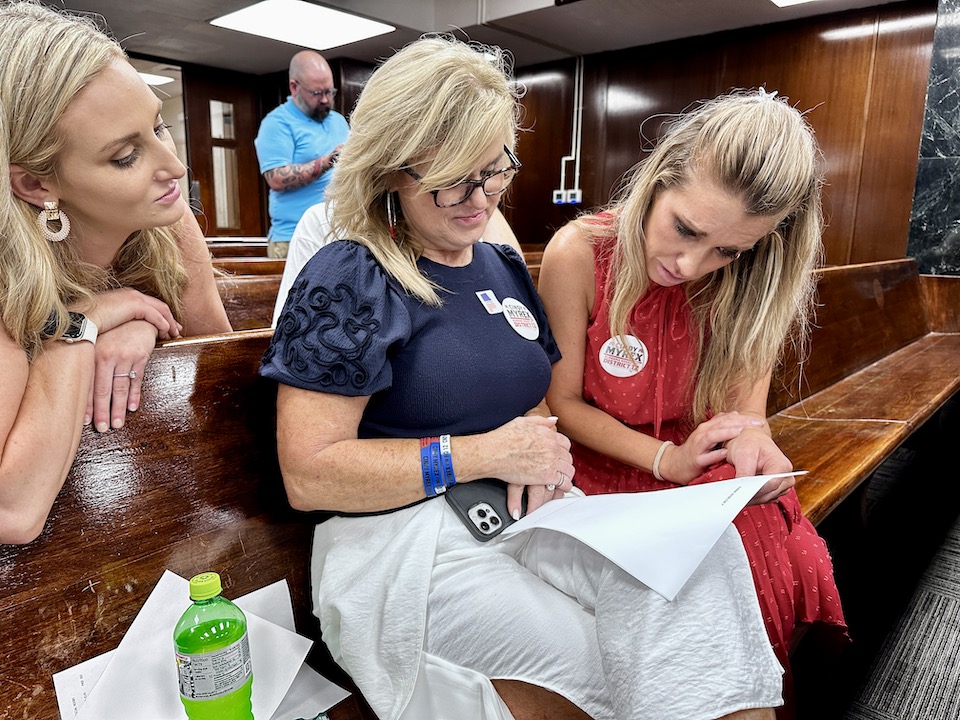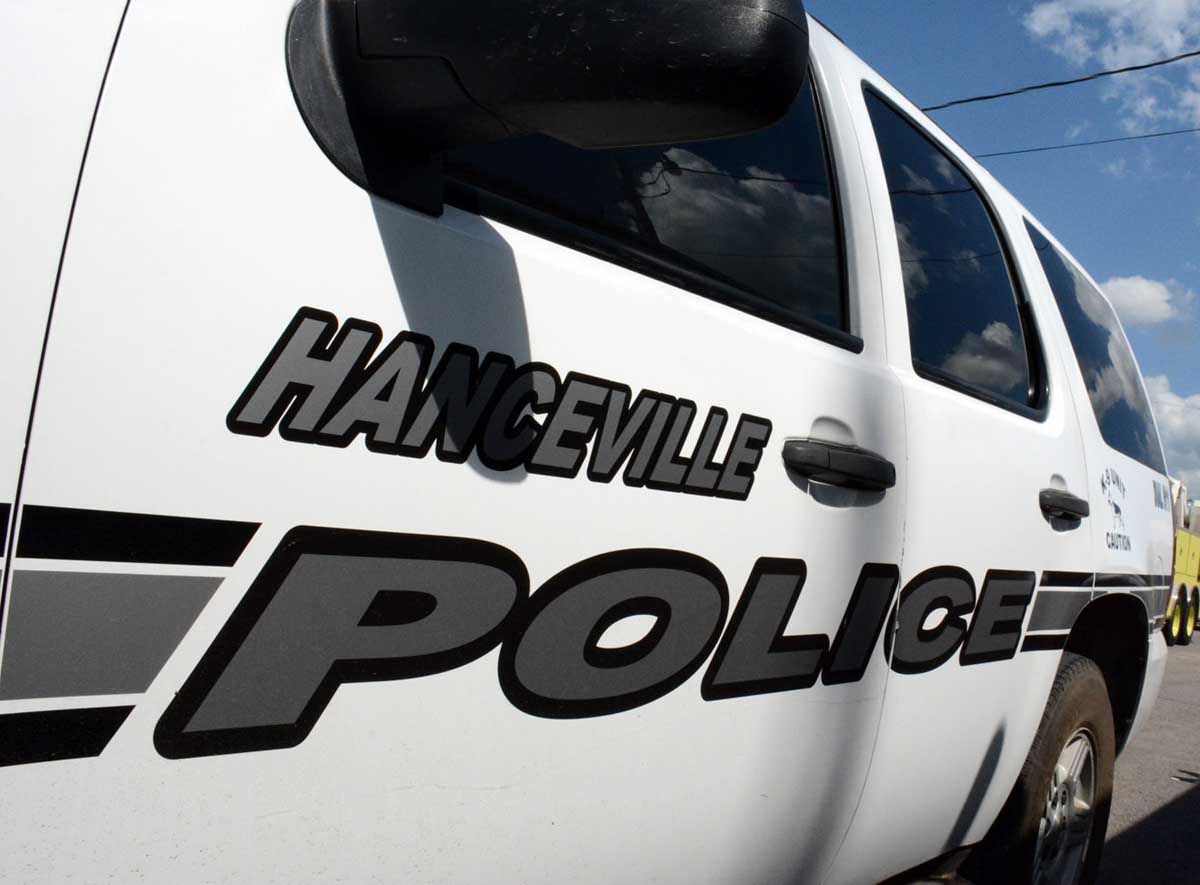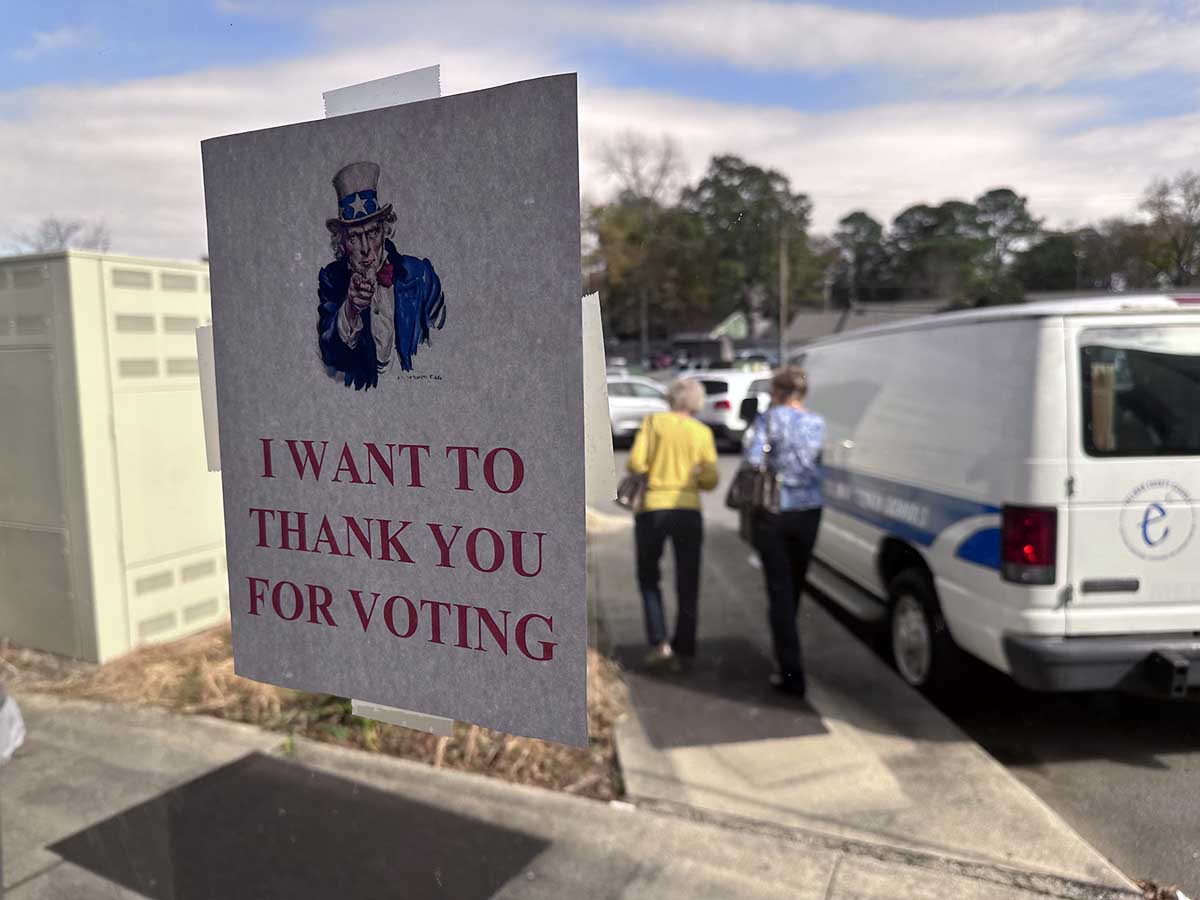Indiana medical professionals bring needed care to Haitian village
Published 4:06 pm Friday, May 5, 2017

- Doctors see patients in a clinic that is held for one week a year. The clinic is the only healthcare the village in Haiti will receive all year.
ANDERSON, Ind. — In some areas of the world, health care isn’t around except for one week a year.
That is the case for Petit Trou-de-Nippes, a small parish in Haiti where health care professionals from an Indiana hospital and others associated with a nearby church go on a mission trip each year.
Trending
According to USAID, a government agency working to end extreme global poverty, Haiti reports some of the world’s worst health indicators. A devastating earthquake in 2010 destroyed 50 of the country’s health centers, and the crisis was exacerbated a few months later by a cholera outbreak, the first in more than a century.
Dr. Ben McCurdy and Nancy Pitcock, chief nursing officer of St. Vincent Anderson Regional Hospital, presented photos and stories from their most recent trip to the country in February to a local rotary club in Anderson.
The nearest city with medical care from Petit Trou-de-Nippes is nearly two hours away in Miragoane, McCurdy said.
During the week, the medical team sees as many patients as possible, but they’re forced to turn away about 50 people each year. McCurdy said those who are turned away are given a card to hold their place in line for medical services the following year.
McCurdy said it costs about $10,000 for someone in the United States to have a hernia repaired, which is a common surgery he does when on the mission trips.
“What would normally pay for one medical patient here paid for 21 hernia repairs there,” he told the Anderson, Indiana Herald Bulletin.
Trending
This past February, McCurdy said about 3,000 people in the village were seen, and about 250 people received dental care. He and Pitcock are on the surgical team, and they performed 47 surgeries during their weeklong trip.
The group has been going on the trips for more than 20 years. Over the years, a lot has changed, such as the organizational flow to make the most out of the week and their ability to perform more complicated care.
“We didn’t have electricity (when I first started going),” McCurdy said. “We tried to do some surgeries under flashlights.”
Pitcock said she’s enjoyed watching the village change for the better over the years because of the annual medical care.
“The village is healthier,” she said. “We’ve been giving vitamins to all these kids, and we’ve watched them grow up.”
Filchak writes for the Anderson, Indiana Herald Bulletin.





